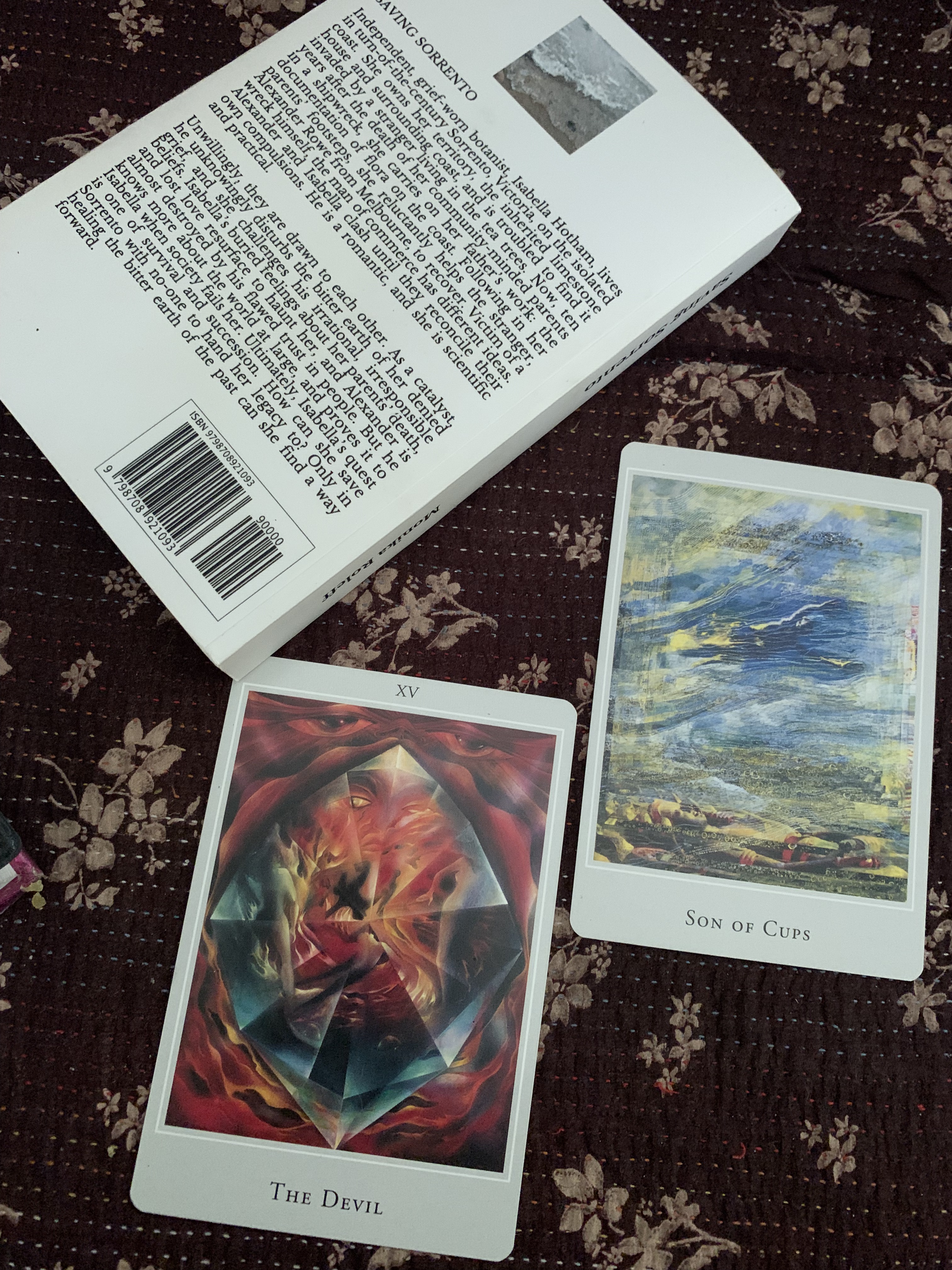Literary Studies is the study of written works of the imagination, of which poetry, drama and narrative fiction constitute today the most familiar types or genres. Most students and teachers of literature, however, see it as a more complex matter. It might be more accurate to describe it as a set of methods for examining the richness and diversity of experience through unusual uses of language, through a language that we recognize as different from everyday language and that thereby aspires to produce a reflection of and on the world not available to us otherwise. As such, literary works are also primary documents for investigating national histories, world events, the individual psyche, race, class, gender, science, economics, religion, the natural world, leisure and the other arts. Because literary studies engages with countless other disciplines, it is among the most interdisciplinary of any field of study.
Back in the day, when I was teaching Year 12 Literature and English I applied some interesting techniques to draw out responses but I cannot deny that it never occurred to me to use Tarot or any other cards for that matter. Yet it was the Head of English at Monash University who gave a lecture about the Tarot and their relevance.
Whatever! Time has passed and it has become clear that exploring the insights cards have to offer can prove very illuminating.
When I drew a card to see what the White Numen Deck thought about the idea of working with Saving Sorrento by Monika Roleff (available at Amazon) out popped the Ace of Wands.
They say that a journey of a thousand miles begins with one step. The Ace of Wands tarot card carries a similar message, representing a bold step toward a new beginning. The first card in the Suit of Wands, this Ace is full of energy, a creative kind, that breathes life into things that did not exist before.
According to Labyrinthos “Wands symbolize creativity, and the Ace of Wands is the boldest among the cards in the suit. It is not the kind of creativity that you learn from school or as a hobby. It is bravely finding your own voice, it creates a place where you can develop your own vision. In other words, it is associated with willpower, and creativity in the cosmic sense.
When you draw the Ace of Wands, it is an indicator that you should just go for it. Take the chance and pursue an idea that you have in mind. Take the first steps to start the creative project. The Ace of Wands calls out to you to follow your instincts. If you think that the project that you’ve been dreaming of is a good idea, and then just go ahead and do it.
Initial Character Study
One way to reflect upon characters is to do a spread like this. It enables us to put in an anchor and glean what forces are impacting on our primary protagonists. In this instance I used the Margarete Petersen Tarot.



The cards that appear for Isabella suggest that when she first meets the stranger on the beach she is threatened by his demeanor. On a conscious level she knows she needs to bring a halt to these unbecoming, fickle and shadowy thoughts. She has experienced fear before and understands she can leave such fears in the realm of the past. By contrast Alexander is unsettled by the appearance of this woman at his makeshift camp. He has good reason to be wary of seemingly attractive women. He is bereft and tries to hide it. However he has the gift of sensitivity and knows his feelings have been blurred by the events that bought him to this space. He senses that he will melt into what awaits him.















